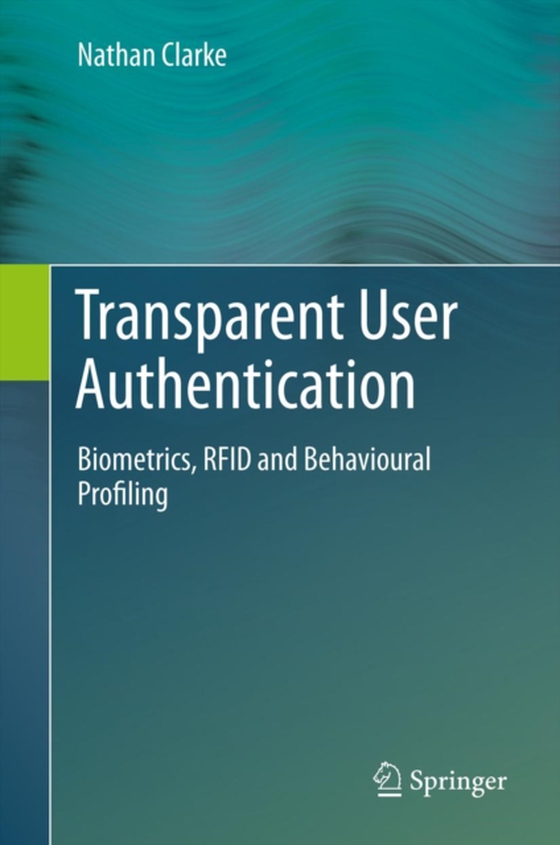
Transparent User Authentication e-bog
1094,16 DKK
(ekskl. moms 875,33 DKK)
No existing user-authentication approaches provide universally strong user authentication, while also taking into account the human factors of good security design. A reevaluation is therefore vitally necessary to ensure user authentication is relevant, usable, secure and ubiquitous.This groundbreaking text/reference examines the problem of user authentication from a completely new viewpoint. R...
E-bog
1094,16 DKK
Forlag
Springer
Udgivet
17 august 2011
Genrer
KJQ
Sprog
English
Format
pdf
Beskyttelse
LCP
ISBN
9780857298058
No existing user-authentication approaches provide universally strong user authentication, while also taking into account the human factors of good security design. A reevaluation is therefore vitally necessary to ensure user authentication is relevant, usable, secure and ubiquitous.This groundbreaking text/reference examines the problem of user authentication from a completely new viewpoint. Rather than describing the requirements, technologies and implementation issues of designing point-of-entry authentication, the book introduces and investigates the technological requirements of implementing transparent user authentication - where authentication credentials are captured during a user's normal interaction with a system. This approach would transform user authentication from a binary point-of-entry decision to a continuous identity confidence measure.Topics and features: discusses the need for user authentication, identifying current thinking and why it falls short of providing real and effective levels of information security; reviews existing authentication approaches, providing an in-depth analysis of how each operates; introduces novel behavioural biometrics techniques, such as keystroke analysis, behavioural profiling, and handwriting recognition; examines the wider system-specific issues with designing large-scale multimodal authentication systems; concludes with a look to the future of user authentication, what the technological landscape might look like, and the effects upon the people using these systems.This unique work is essential reading for all researchers interested in user authentication, biometric systems and behavioural profiling. Postgraduate and advanced undergraduate students of computer science will also benefit from the detailed coverage of the theory of authentication in general, and of transparent authentication in particular.
 Dansk
Dansk

